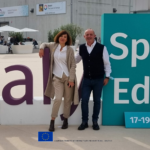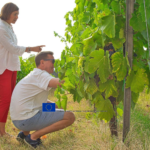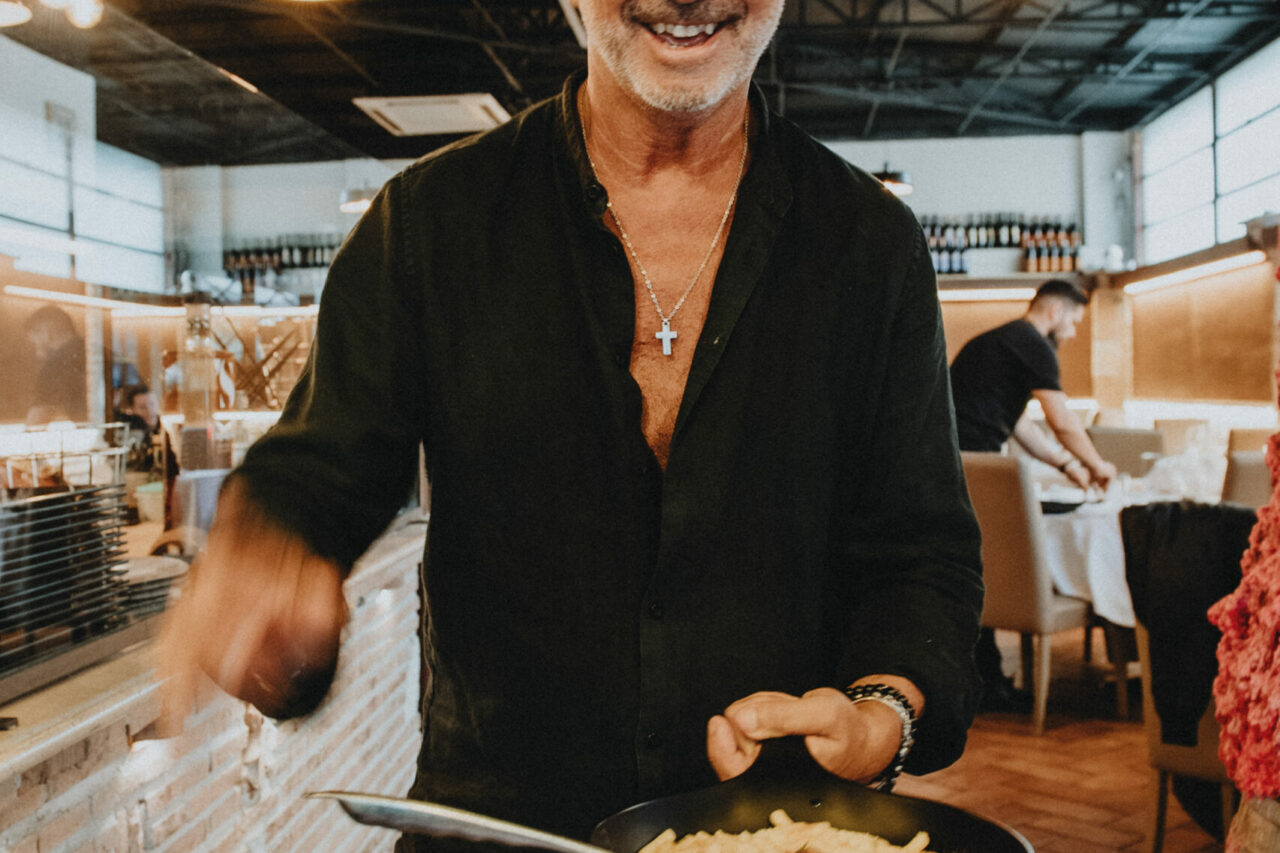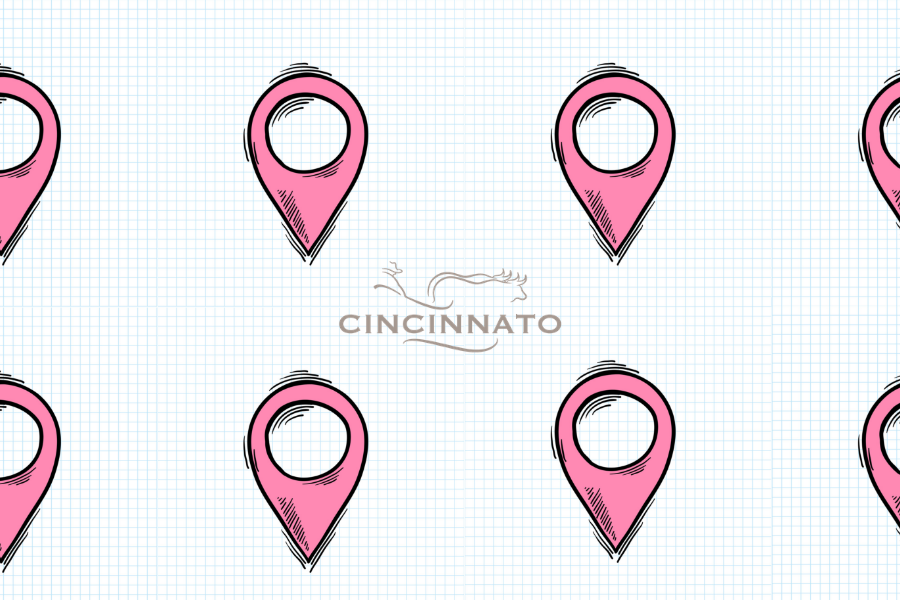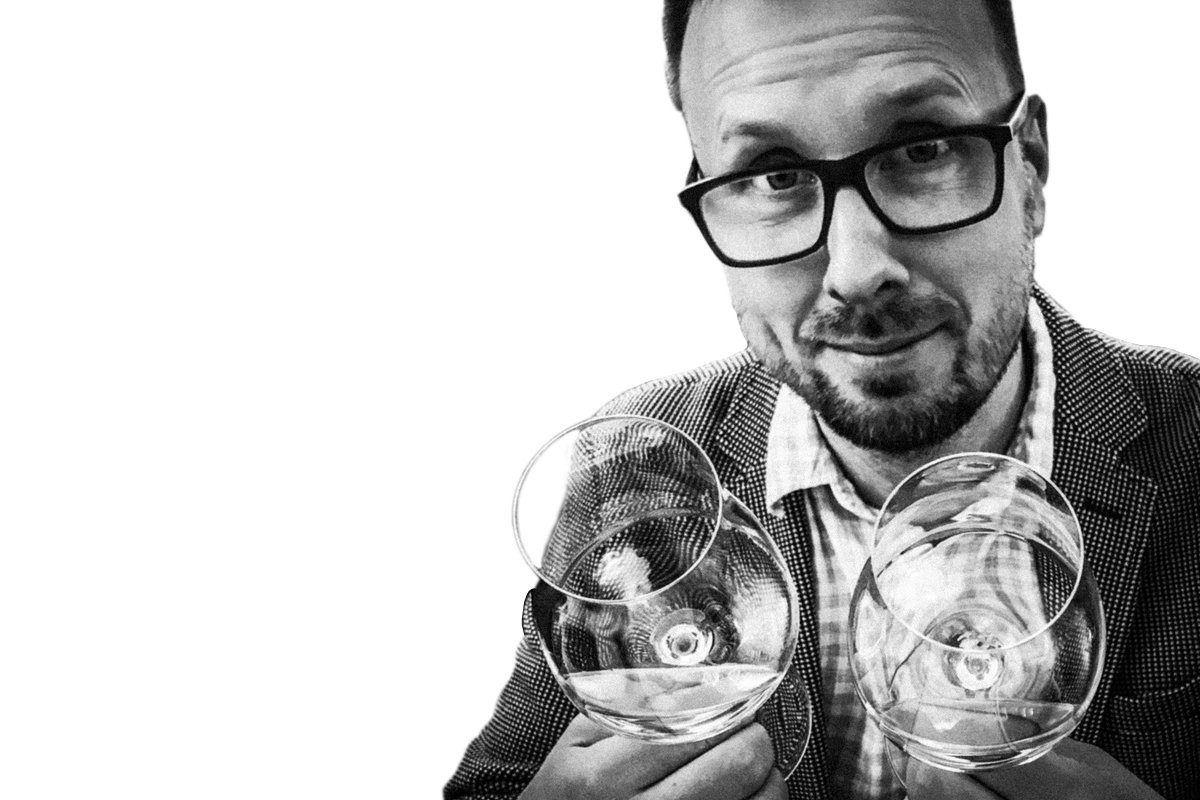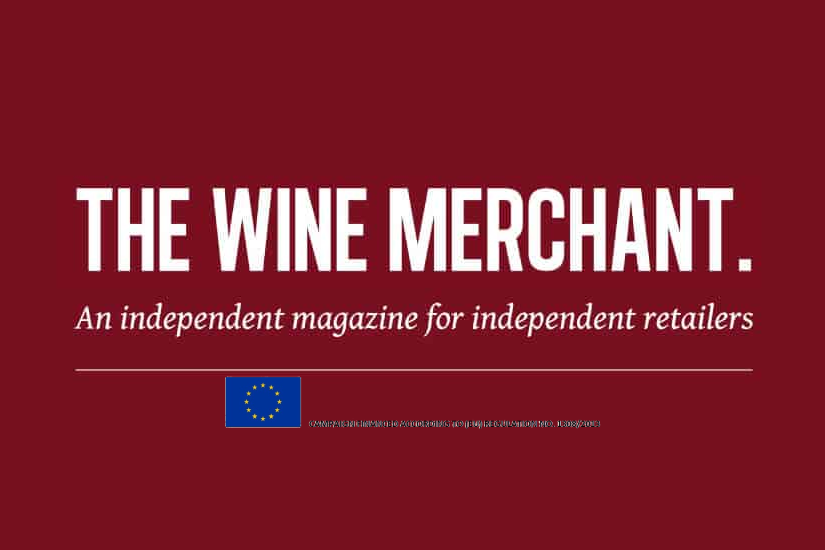We continue our world journey on Italian wine stories and opinions by the voice of global experts. With this article, we introduce Susan H. Gordon, one of the greatest communicators and experts in wine all over the globe. We chat about the Italian wine, and particularly from Lazio region, seen by such an expert who has both the European and American view, as she was born in Rome and raised in New York. Welcome to another exciting episode in Cincinnato magazine to discover how international wine experts and communicators consider Italy and its production.
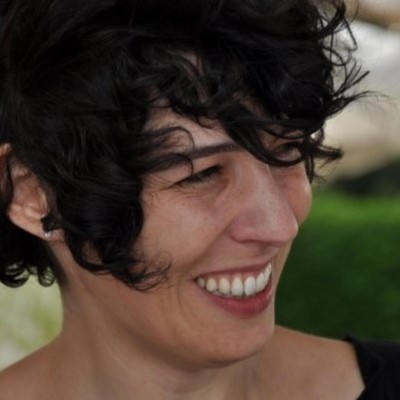
Susan H. Gordon is a PhD candidate in Creativity at the University of the Arts in Philadelphia, Pennsylvania, where she is working on a book based on Prose
cco Superiore DOCG. She is a VIA (Vinitaly International Academy) Italian Wine Ambassador and writes about Italian wines as a ForbesLife contributor and covers the eastern U.S. for Hugh Johnson’s Pocket Wine Book. In 2020 her article “What a little hilltop in Abruzzo can tell us about words for place” was published in the University of California Press Gastronomical Journal for Food Studies.
We hope that Susan will be discussing with us more on the wines from Italy, and particularly with the main market benchmark – French wines. In fact, she is a great connoisseuse of Prosecco and Abruzzo, as well as Lazio wines with her recent works on Aleatico and Tuscia.
So, we would like to know the attitude of American wine lovers toward French and Italian wines.
First, I’m a writer and a drinker and not a member of the trades, and I can speak only for New York, where I live, and nearby city centers like Philadelphia. I think Italian wines are seen as more exciting and intriguing complicated than France’s by two groups of serious wine-drinkers here: those who are looking for quality in a high diversity of varieties, styles, and traditions — from, say Timorasso to Etna wines to Abruzzo’s differences in territori through its relatively few native cultivars to Campania’s whites, Vulture’s Aglianico, and Lazio’s older varieties, to stop somewhere — and those looking for top quality by zones: Barolo and Barbaresco, Tuscany’s Sangiovese wines and the icons among what used to be called supertuscans, certain white wines of Alto Adige.
France’s wines will always be important here, but now Italy’s are, too — and are creating new paradigms in wine profiles, new ideas of what harmony in wine means, and appreciation of wines unique to Italy, whether aromatic red grapes or wines based on appassimento methods. Also, unlike the French-wine drinkers, these two groups are a bit of a very welcoming in-crowd today.
Which groups of consumers (groups, age, gender, etc..) are more keen on Italian wines? And which types of wine are more popular (organic, sparkling, rose ones)?
Even though everyone likes to talk about wine selections by, say, age or area, from what I see it’s hard to do so accurately or meaningfully. For me, it makes more sense to talk about styles and how people here are responding to them. Since it’s my main area of research, I’d say that the DOC Prosecco spumanti are chosen easily by most groups, but the historical zones of Conegliano-Valdobbiadene and Asolo DOCGs are more and more understood by a small but growing group of appassionati to be one of Italy’s serious wine expressions. I’d say that especially with the emphasis on using the word rosato in English and other languages is helping people understand and seek out Italian pink wines. And the widespread, and growing, number of bottles from Italy with bio, FiVi (Independent Vignarons), and other such labels is really exciting, and I hope more people here are paying attention and noticing.
In your opinion, what should Lazio region do to gain momentum in United States?
I think there are several ways of explaining Lazio, which could be done via tastings, online tasting, media trips. First, an emphasis on native varieties and their territori (including traditions, new interpretations, traditions being created now) within the region are the most important. For example, there is a not a lot of Cesanese here, but every time someone opens a bottles or even posts a picture of one, there is a lot of excitement about it. For city people, quality Frascati comes with an impression of a serious wine for drinking during a weekend escape. Lazio’s white-wine varieties like Bellone are delicious so-called “discoveries” here. I recently wrote about a few of the red wines of the Tuscia, already known by natural-wine drinkers but which are also Lazio lake wines. And it is very important to remind people that Lazio is a volcanic wine area.
You lived in Rome for a while, and you often come over. What do you like most of the town (or its surroundings) and what do you never give up?
Italy is beautiful, and the hills of Prosecco DOCG are especially dear to me, but nothing is better than the campagna romana, especially its sounds. A long walk along via Appia Antica with my cousin who lives nearby is our own tradition every time I come back. I always buy pizza bianca, pizza rossa, un supplì, all the foods of my childhood. And a morning cappuccino e cornetto (though I’m having a harder time finding them now). A friend opened a trattoria in Pigneto before the pandemic and his place and a small restaurant in Trastevere are now necessities too. I always go for a run along the Lungotevere and in Villa Doria Pamphili. And I see that Il Vinaietto is already covered here, but of course I have to go there for bottles for home and to stop for a glass during a walk.


